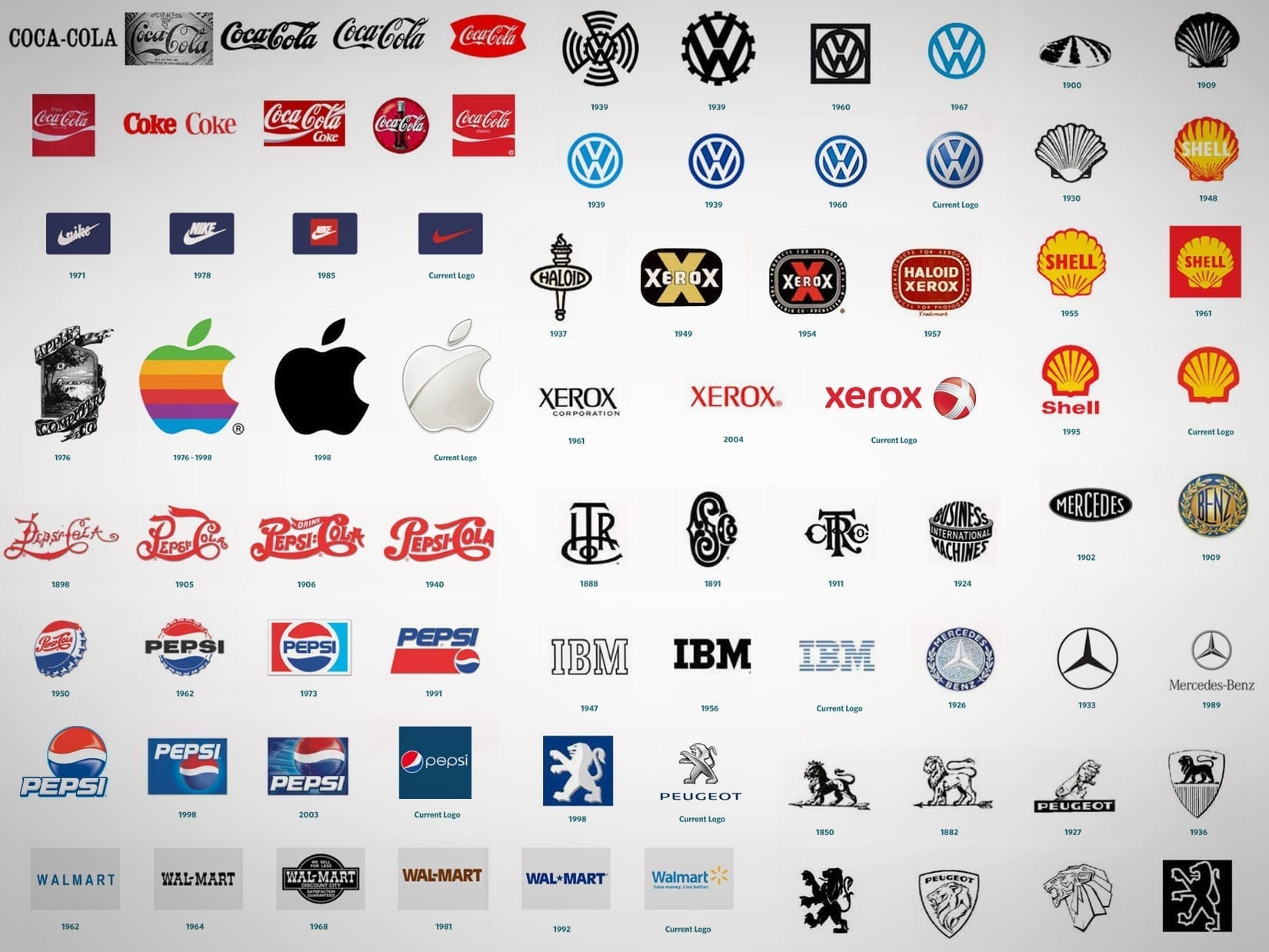
Brand Evolution: Revamping for RelevancyBrand Evolution: Revamping for Relevancy In today’s rapidly evolving digital landscape, brands face an imperative to adapt and evolve to remain relevant and competitive. Consumers are increasingly savvy, demanding authenticity and experiences that resonate with their values and lifestyles. To meet these demands, organizations are embracing brand evolution strategies, overhauling their identities, products, and communication to align with the changing market dynamics. Redefining the Brand Essence At the core of brand evolution lies a deep understanding of the brand’s essence. This includes re-examining the brand’s purpose, mission, and values. By revisiting these fundamental elements, organizations can ensure their brand remains authentic and meaningful to its target audience. This process may involve conducting thorough market research, customer feedback analysis, and soul-searching within the organization itself. Modernizing the Brand Identity Once the brand essence is clearly defined, the next step is to revamp the brand’s identity. This includes updating the logo, typography, color palette, and overall visual aesthetic. The goal is to create a fresh and contemporary look that visually communicates the brand’s new positioning. In this digital age, the brand’s identity should be consistent across all online and offline touchpoints, ensuring a cohesive and recognizable experience for consumers. Expanding Product Offerings To remain relevant, brands must continually innovate and expand their product or service offerings. This may involve introducing new product lines, diversifying into new markets, or acquiring complementary businesses. By expanding their portfolio, brands can appeal to a wider audience and stay ahead of the competition. However, it’s crucial to maintain a strong brand alignment throughout all product lines to avoid confusing consumers. Reimagining Communication Strategies Brand evolution also demands a fresh approach to communication. Traditional advertising methods are increasingly less effective as consumers become more selective and ad-resistant. Instead, organizations are embracing content marketing, influencer partnerships, and social media to engage audiences and build relationships. By creating valuable and engaging content that resonates with consumers’ interests, brands can foster brand loyalty and drive conversions. Measuring Success Measuring the success of a brand evolution strategy is essential to ensure its effectiveness. This involves tracking key metrics such as brand awareness, brand perception, customer satisfaction, and sales growth. By continually monitoring these metrics, organizations can identify areas for improvement and fine-tune their strategy over time. Conclusion Brand evolution is an ongoing process that requires a deep understanding of the brand, its target audience, and the market landscape. By redefining the brand essence, modernizing the identity, expanding product offerings, reimagining communication strategies, and measuring success, organizations can ensure their brands remain relevant, competitive, and connected with consumers. In doing so, they can foster long-term growth and maintain a strong position in the ever-evolving business landscape.
Posted inNews